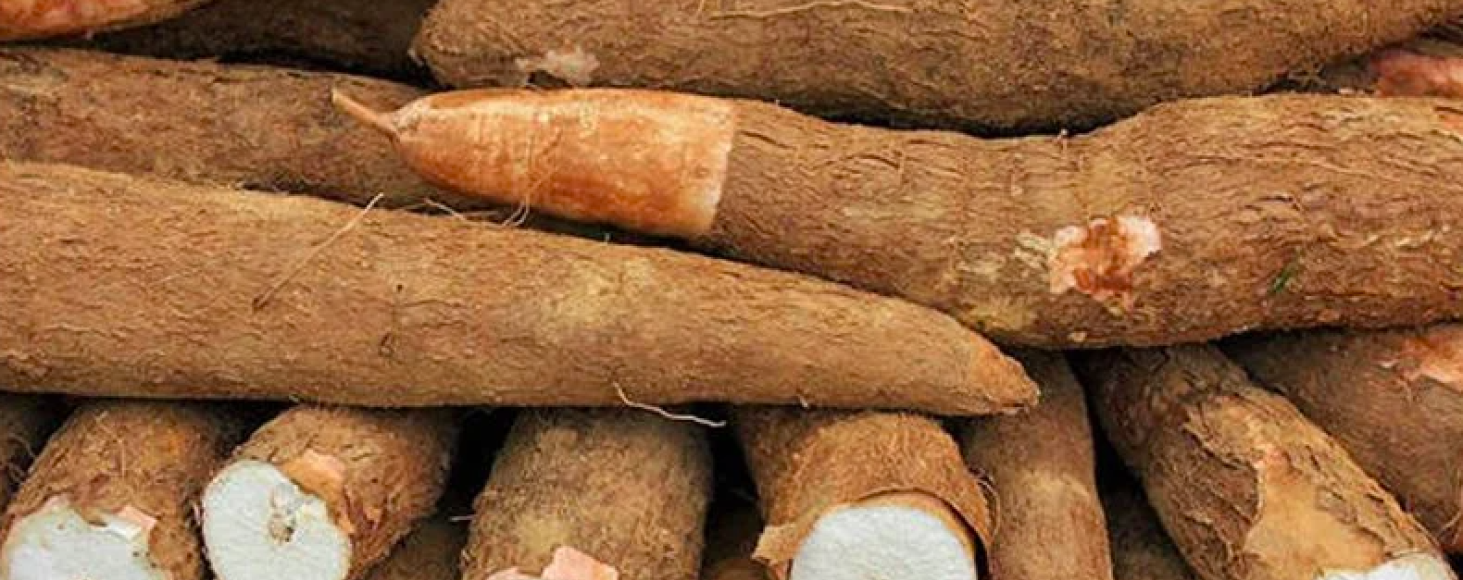
Technological advances in agro-processing and a shift toward high maltose syrup in the brewing and food industry paved the way for investors to consider building a starch/high maltose syrup processing facility in western Kenya, and including a brewery for making quality beer, as a safe alternative to illicit liquor, that was being consumed widely in the region. The partners—which included a global non-profit partner that promotes inclusive business models—desired to develop a shared value program, wherein trained cassava farmers, primarily smallholders, would supply the brewing industry and gain significant income increases.
A key objective of the engagement was to confirm the long-term availability of quality cassava in western Kenya and eastern Uganda. Additionally, the investors sought an investigation of the potential to build the efficient transport logistics necessary for maintaining the quality of fresh cassava tubers from farm to processor.
The client further required an analysis of likely changes in food security dynamics in the target production areas, seeking to ensure minimum disruption in food supply or pricing for contracted producers and local markets.
